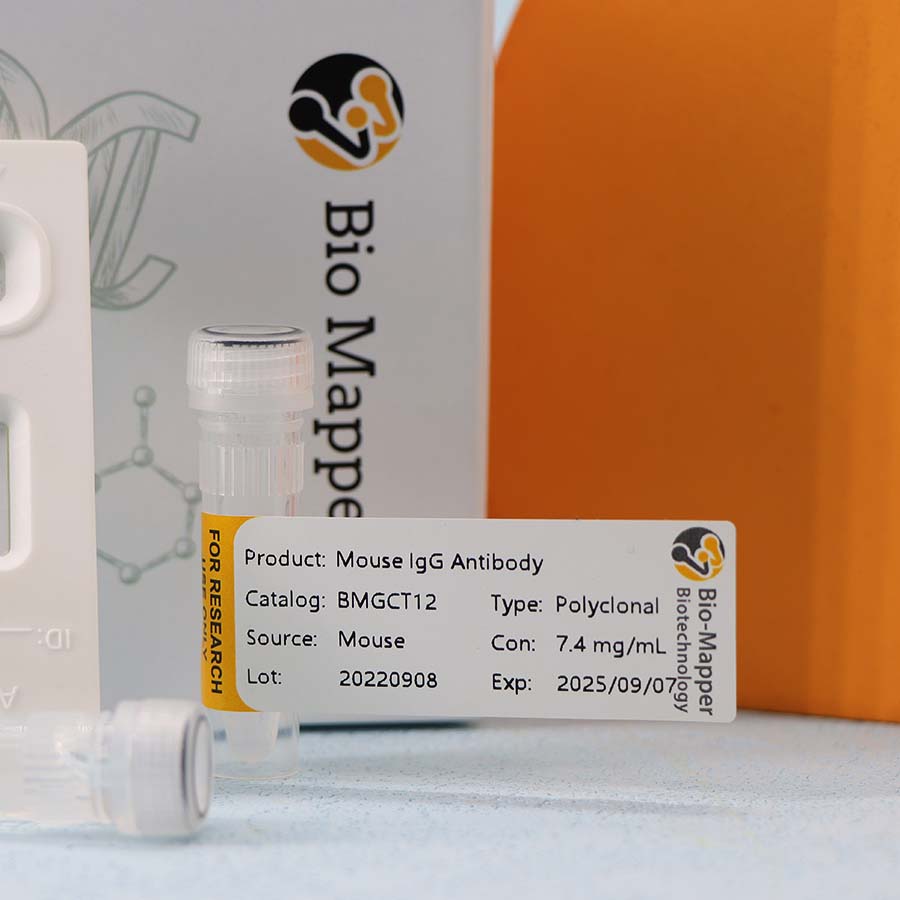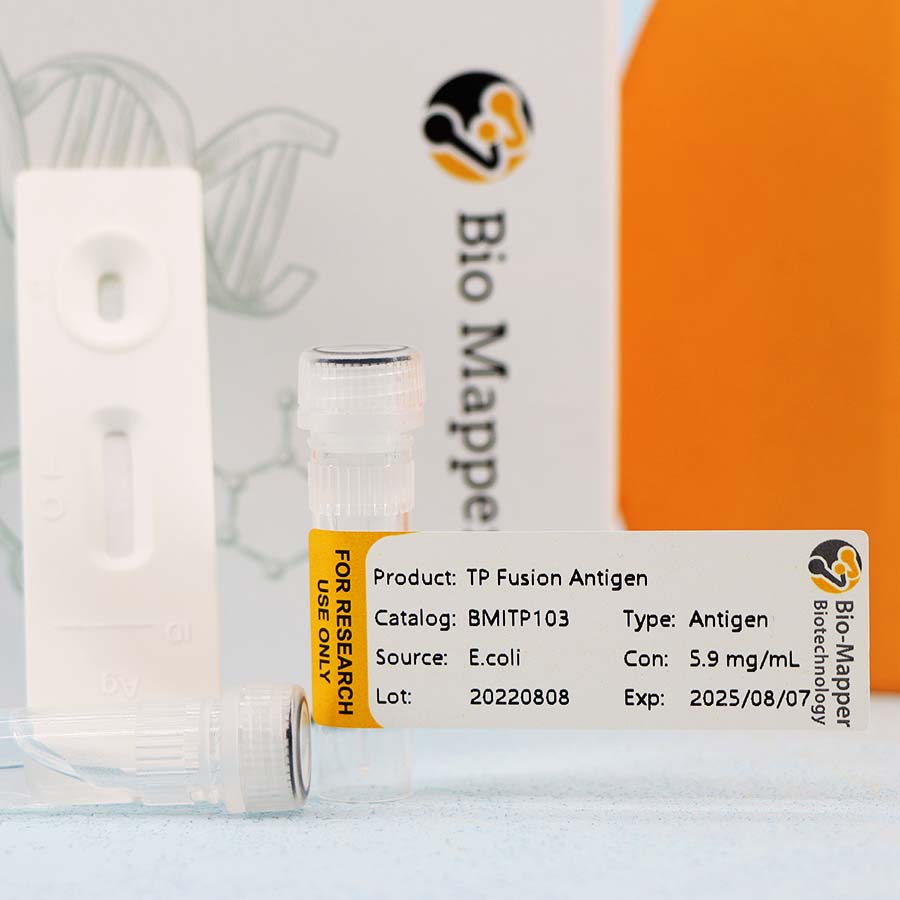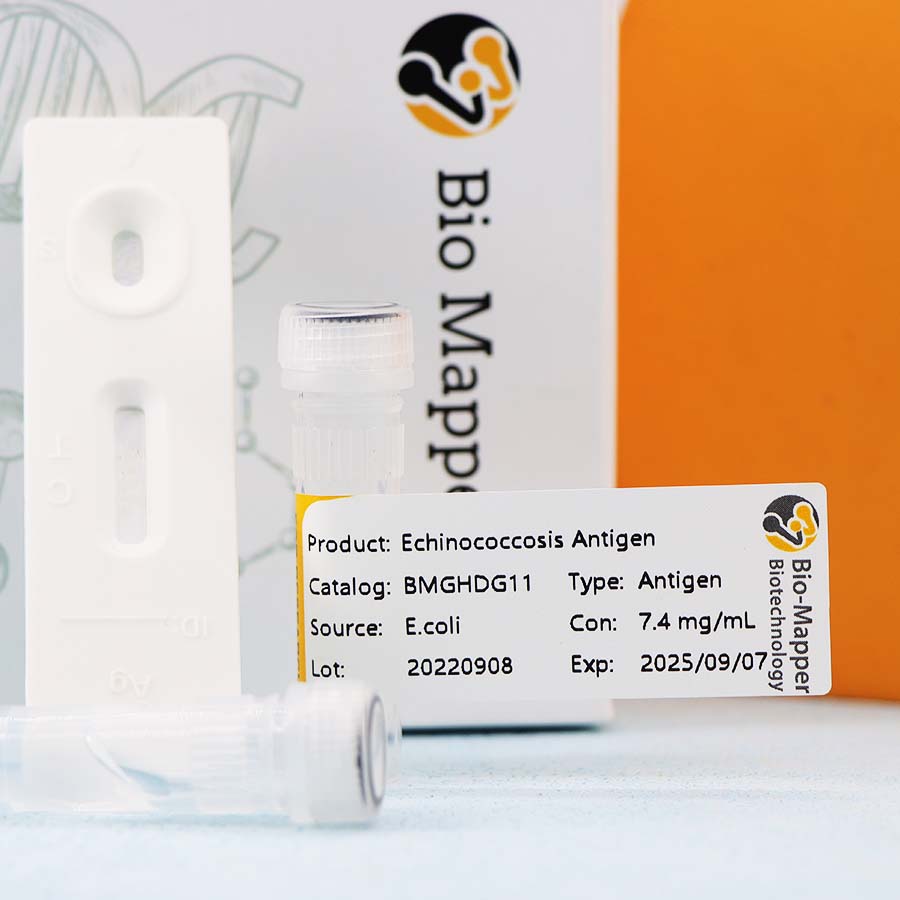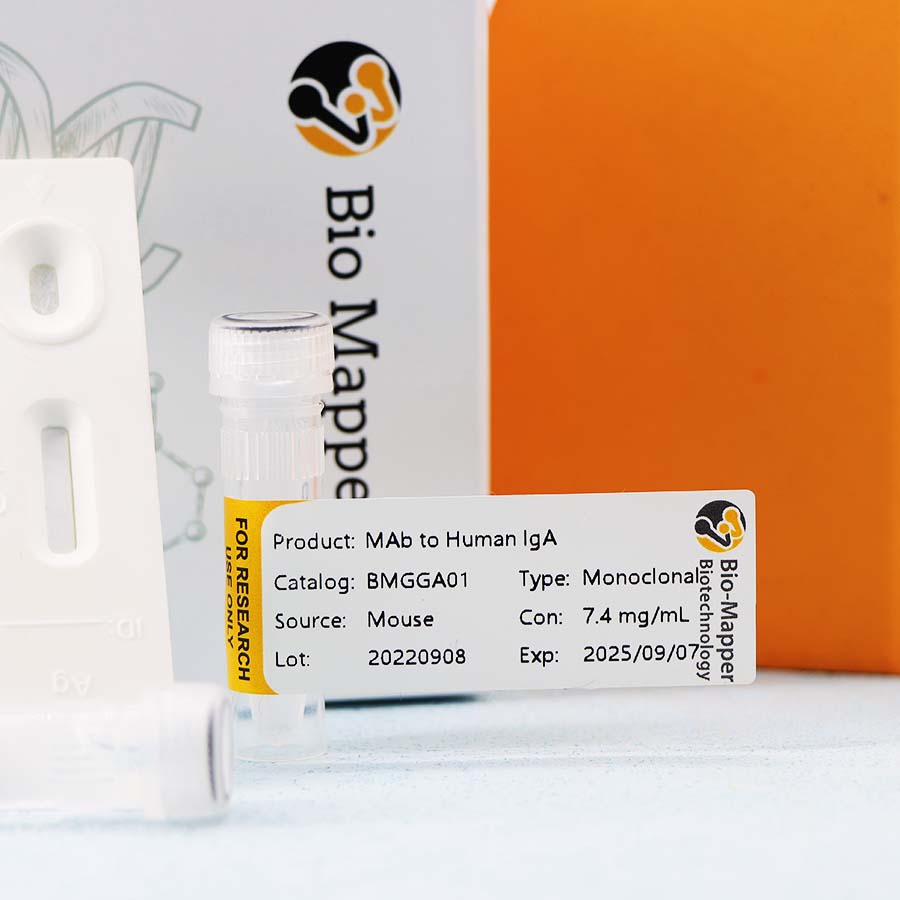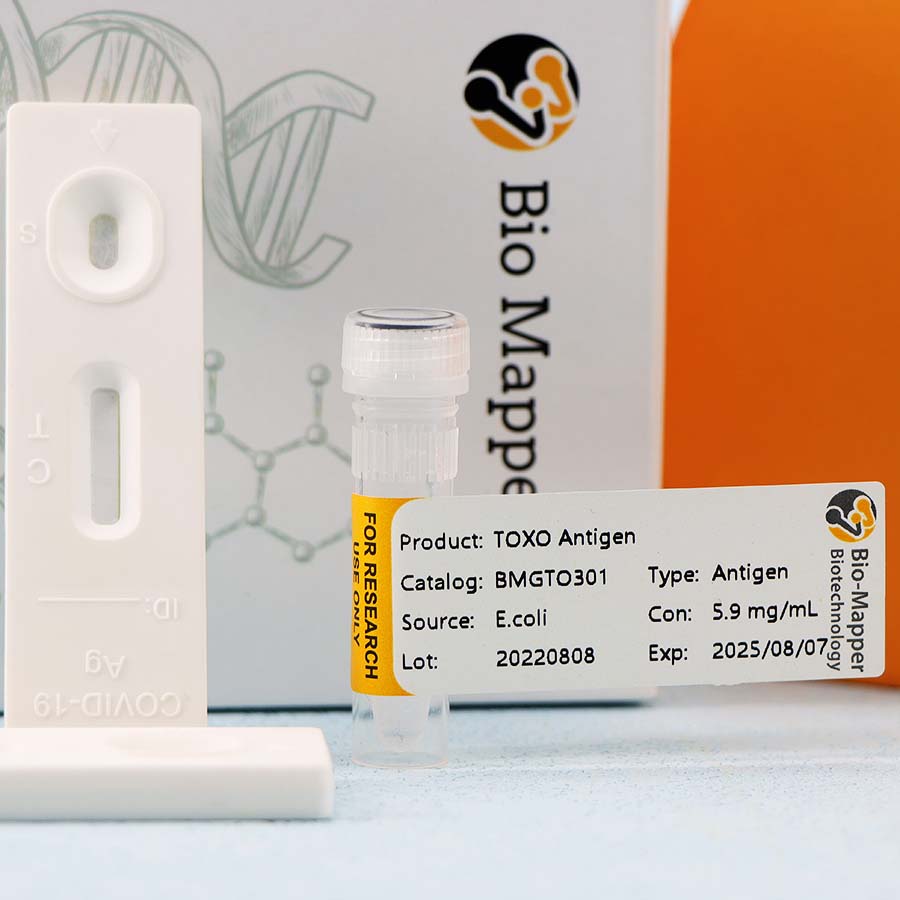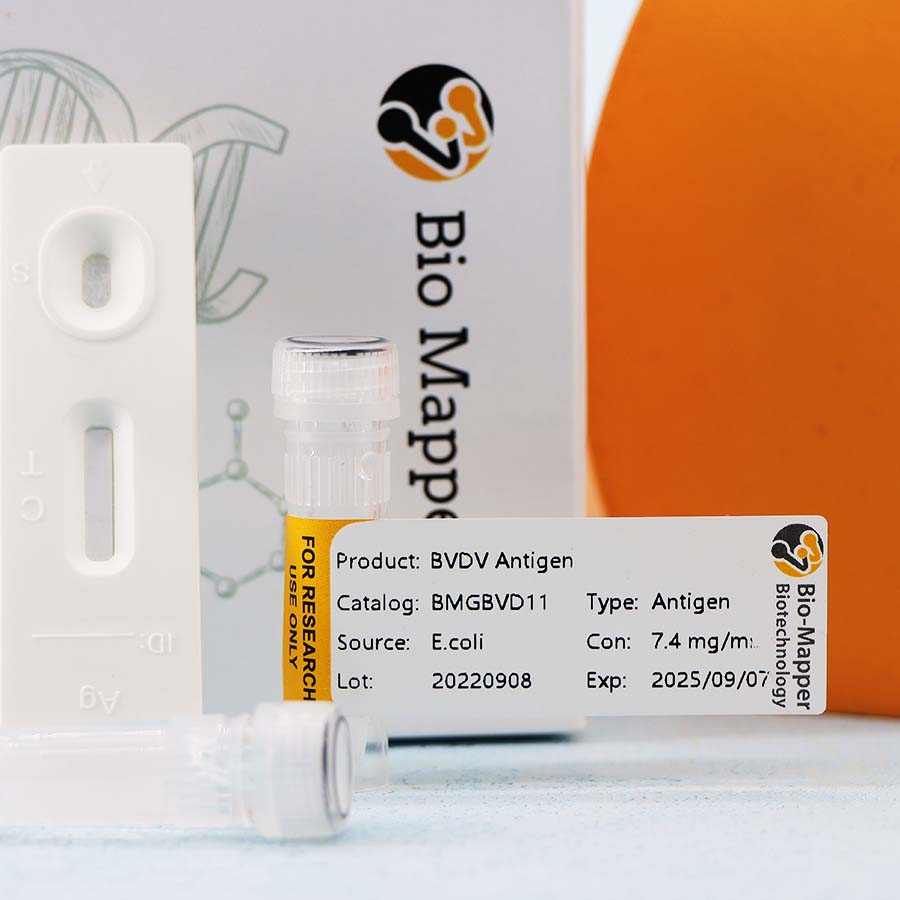Basic information
| Product Name | Catalog | Type | Host/Source | Usage | Applications | Epitope | COA |
| MAb to Human IgG | BMGGC01 | Monoclonal | Mouse | Capture | LF, IFA, IB, WB | / | Download |
| MAb to Human IgG | BMGGC02 | Monoclonal | Mouse | Conjugation | LF, IFA, IB, WB | / | Download |
| MAb to Human IgG | BMGGEC01 | Mouse | Mouse | Conjugation | ELISA, CLIA, WB | / | Download |
| MAb to Human IgG | BMGGEM01 | Monoclonal | Mouse | Capture | ELISA, CLIA, WB | / | Download |
| MAb to Human IgG | BMGGEM02 | Monoclonal | Mouse | Conjugation | CMIA, WB | / | Download |
| Human IgG | EN000101 | Recombinant | Goat | Calibrator | LF, IFA, IB, WB | / | Download |
The IgG antibody molecule consists of 2 heavy chains and 2 light chains linked by disulfide bonds.
The IgG antibody molecule consists of 2 heavy chains and 2 light chains linked by disulfide bonds. The basic principle of human mouse chimeric antibodies is to isolate and identify rearranged functional murine VL (light chain variable region) and VH (heavy chain variable region) from the hybridoma cell genome secreting a murine monoclonal antibody, and after genetic recombination, they are spliced with human CL (light chain constant region) and CH (heavy chain constant region) region genes in a certain way, cloned into the expression vector to construct mouse/human light and heavy chain gene expression vectors, and transferred to appropriate host cell expression to prepare specific chimeric antibodies
